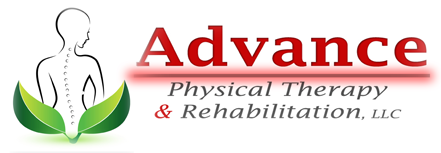
Temporomandibular Joint Disorders
What is temporomandibular joint disorder (TMD)?
The temporomandibular joint (TMJ) is a hinge that connects the jaw to the skull through the temporal bones located by your ears. Its function is to allow the jaw to move in every direction, up and down, side to side, retract and protract. This allows us to talk, chew, and yawn. When problems arise in the TMJ that is known as temporomandibular joint disorder (TMD).
What causes temporomandibular joint disorder?
TMD can be caused by injury to the neck muscles following a whiplash from a car accident or fall. Grinding or clenching the teeth from stress, puts a lot of pressure on the joint, causing inflammation and spasm. At times the disc in the TMJ displaces or degenerates causing pain and difficulty with opening the mouth.
What are the symptoms of temporomandibular joint disorder?
Symptoms of TMD include severe pain and tenderness located in the jaw, face, cheek, behind the ear, temple, neck and shoulders. Limited jaw movement, locking of the jaw or difficulty opening the mouth causes disturbance with yawning, eating, chewing. The jaw may get stuck in the closed or opened position, often there is stiffness and a clicking or popping associated when opening the mouth. People may experience toothache, dizziness, ringing in the ears, ear pain and headaches.
How is temporomandibular joint disorder diagnosed?
Your dentist will take a full face and jaw x-ray, maybe an MRI will be ordered as well. The dentist will evaluate your jaw for pain, swelling, tenderness, clicking, popping or grinding sounds. They will check the general motion of the jaw as well as the bite and all facial muscles.
What is the treatment of temporomandibular joint disorder?
The dentist may prescribe medication that includes nonsteroidial anti-inflammatory drugs, muscle relaxants or anti anxiety drugs. They might make a night guard to prevent clenching the teeth at night, perform other dental work and prescribe a soft foods or liquid diet. Physical therapy has shown to be beneficial in successfully treating TMD. Treatment involves Tens, ultrasound, manual therapy, trigger point release, postural correction, gentle stretching and exercises. Your physical therapist can provide you with a complete guide to protecting your jaw giving you a chance to heal.


